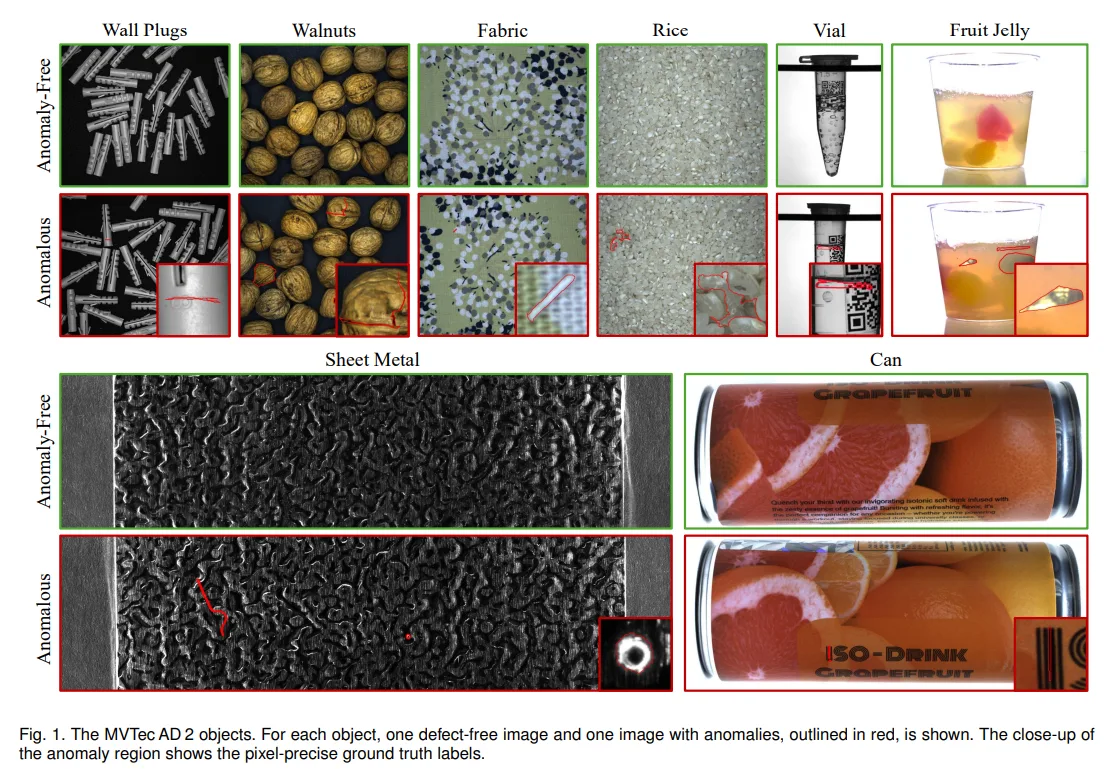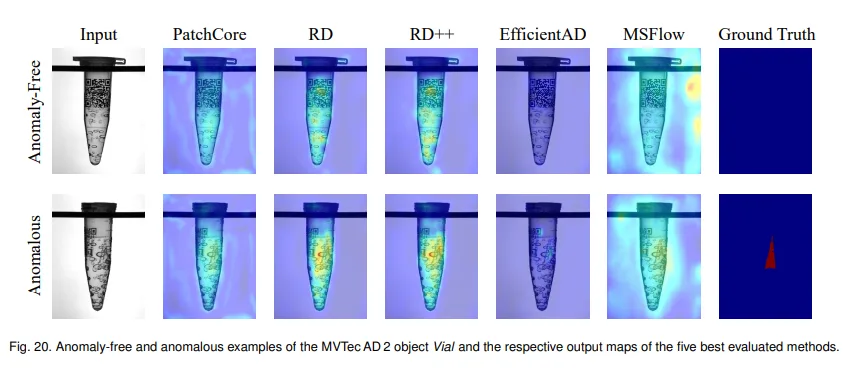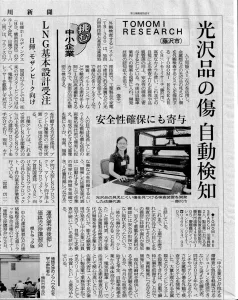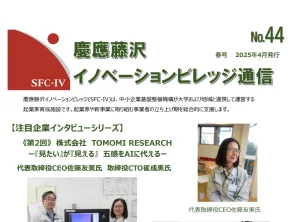A New Challenge in Industrial Anomaly Detection: Introducing the MVTec AD 2 Dataset
1. Paper Information
Title: The MVTec AD 2 Dataset: Advanced Scenarios for Unsupervised Anomaly Detection
Authors: Lars Heckler-Kram, Jan-Hendrik Neudeck, Ulla Scheler, Rebecca König, Carsten Steger
Publication Year: 2025
Link:https://arxiv.org/abs/2503.21622
2. Why Do We Need MVTec AD 2?
This paper introduces MVTec AD 2, a new benchmark dataset for unsupervised anomaly detection in industrial visual inspection.
Existing datasets like MVTec AD and VisA have become saturated, with state-of-the-art models achieving over 90% AU-PRO, making it difficult to compare performance meaningfully.
MVTec AD 2 offers eight challenging scenarios and over 8,000 high-resolution images, bringing realistic and demanding conditions to the benchmark landscape.
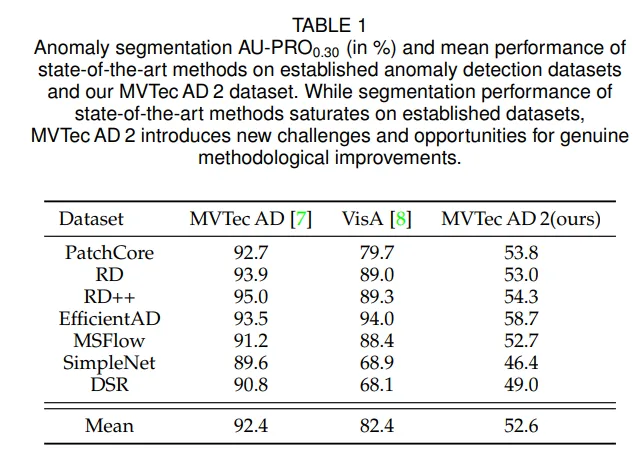
3. What Makes MVTec AD 2 Special?
-
Scenarios Reflecting Real-World Complexity
It includes hard-to-handle situations such as changes in lighting, transparent and reflective materials, defects at image borders, and overlapping objects. -
Significantly Lower Performance on SOTA Models
While traditional datasets yield over 90% AU-PRO, the best-performing model on MVTec AD 2 only reaches 58.7%, revealing true differences in model capability. -
Fair Evaluation via Server-Based Benchmarking
Ground truth labels are not publicly available. Instead, evaluation is conducted on a centralized server, ensuring fair comparisons and preventing overfitting.
4. Practical Dataset Design for Real-World Use
-
Multiple Lighting Conditions Per Scenario
Each object is captured under at least four different lighting setups, allowing for testing model robustness to environmental changes. -
Natural Distribution of Defects Across the Image
Unlike prior datasets with central defect bias, MVTec AD 2 features defects spread across the full image area, including borders. -
Enhanced Evaluation Metric (AU-PRO0.05)
To better reflect practical needs, the dataset uses AU-PRO with a stricter 5% false positive limit, making small defects equally important in evaluation.
5. How Was It Validated?
- Seven existing anomaly detection models (e.g., PatchCore, EfficientAD, RD, MSFlow, SimpleNet) were benchmarked on the dataset.
- Robustness was tested by comparing performance under standard lighting (TESTpriv) and mixed/unseen lighting conditions (TESTpriv,mix).
- Higher input resolutions improved detection performance but also significantly increased memory and compute requirements.
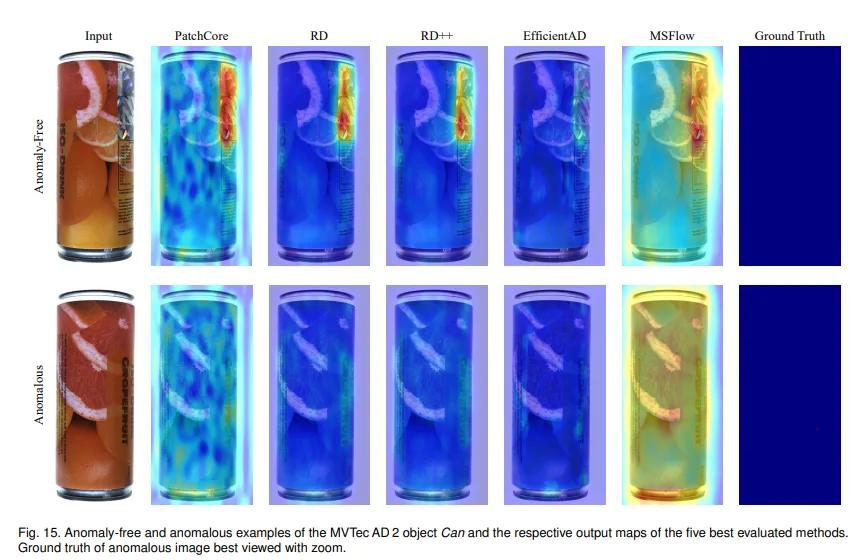
6. Challenges and Future Directions
-
The Resolution–Performance Trade-off
While higher resolution improves accuracy, it also brings longer inference times and higher memory usage — a major limitation in production settings. -
Handling Illumination Changes
Future models may need advanced data augmentation techniques or specific learning strategies to generalize across lighting variations. -
Beyond Thresholds: Smarter Model Design
There's a growing need for methods that avoid manual thresholding of anomaly scores, enabling more automated and stable deployments.
7. Recommended Follow-Up Papers
- EfficientAD: Ultra-fast anomaly detection with high accuracy
- RD++ (Reverse Distillation Revisited): A cutting-edge distillation-based anomaly detection method
- Real-IAD: A real-world, multi-view industrial anomaly detection dataset
Conclusion
MVTec AD 2 is a game-changing benchmark that challenges existing anomaly detection models in ways that reflect the true complexities of industrial environments.
By prioritizing not just accuracy but also robustness and computational efficiency, it provides a critical foundation for the next generation of anomaly detection research and deployment.

